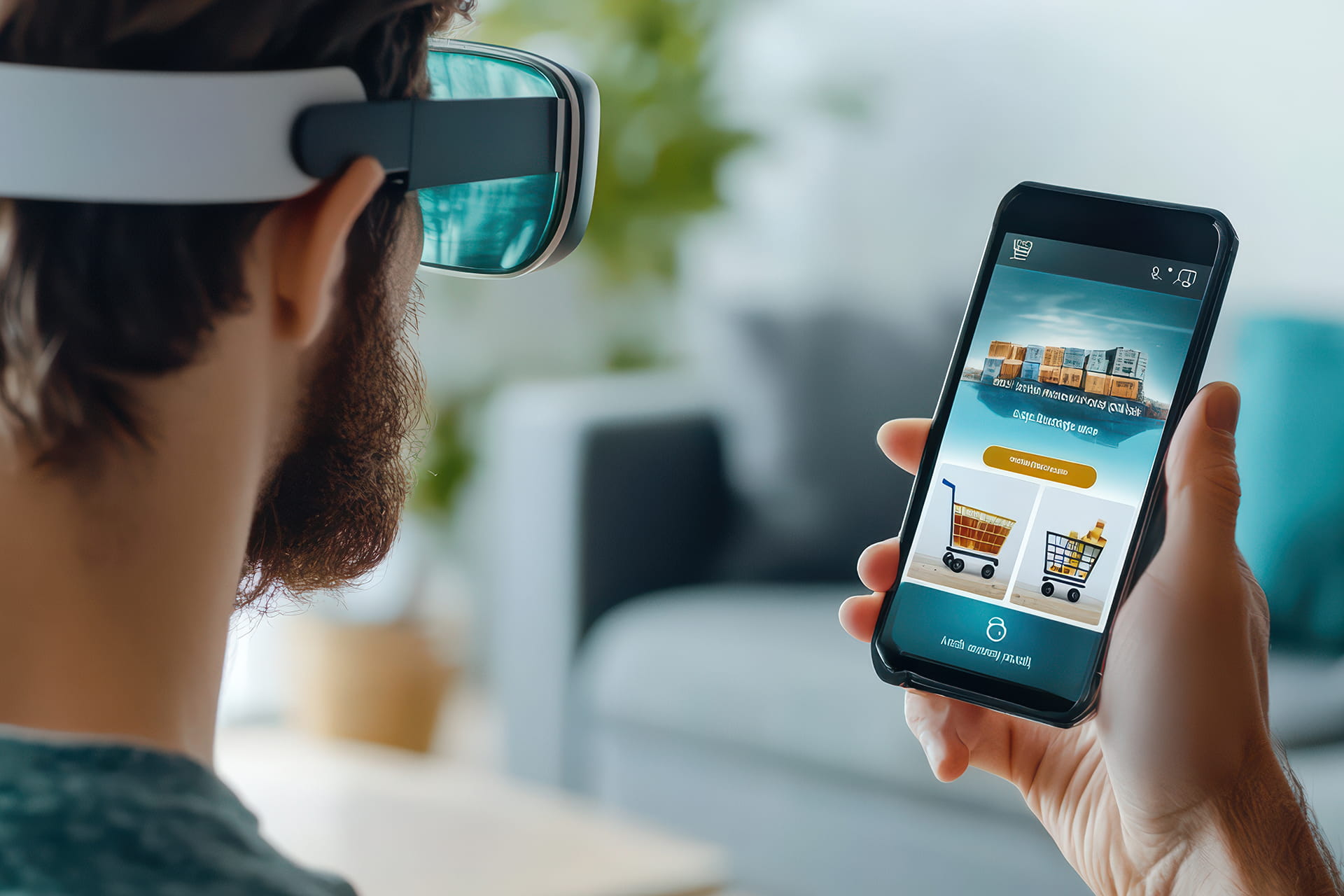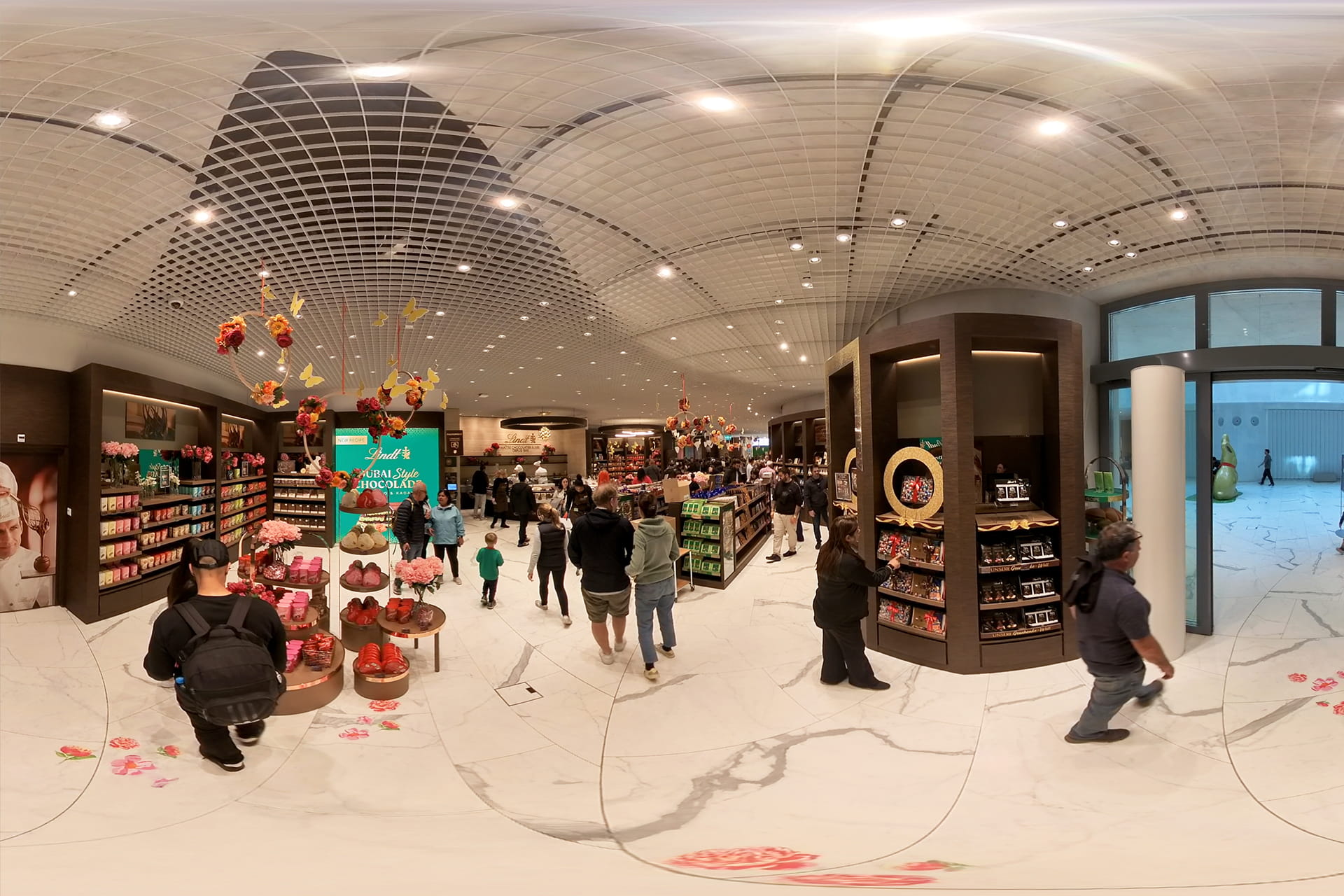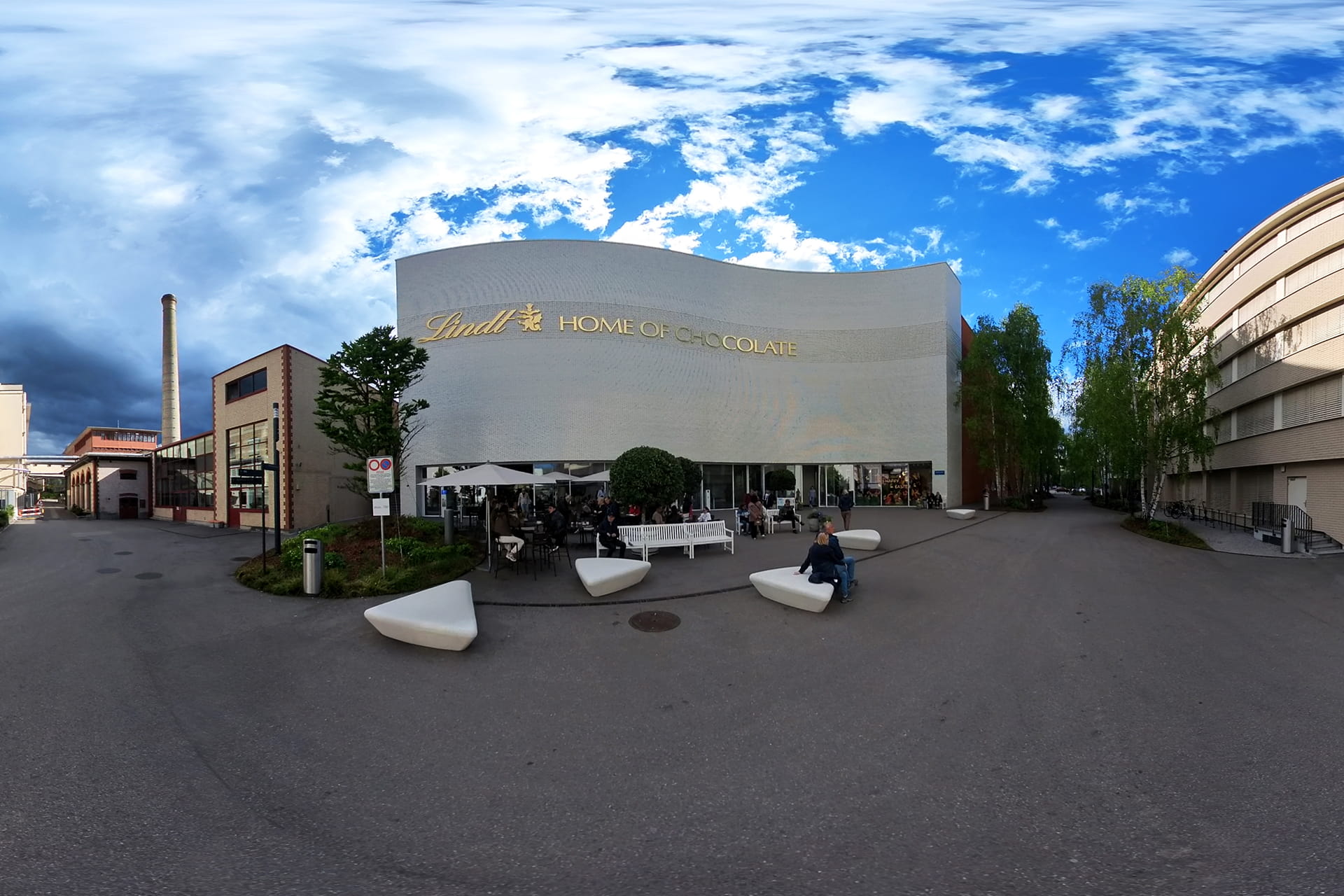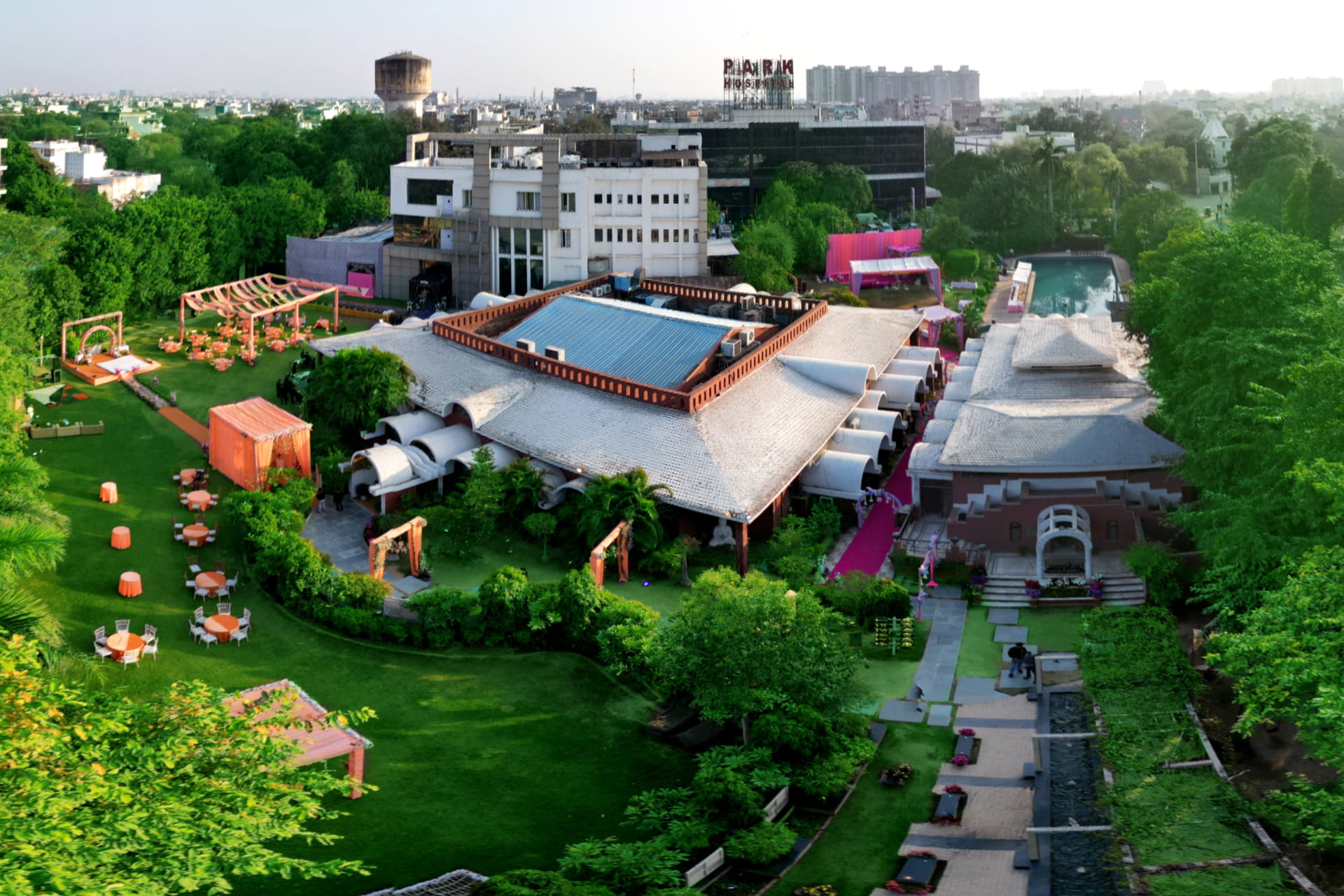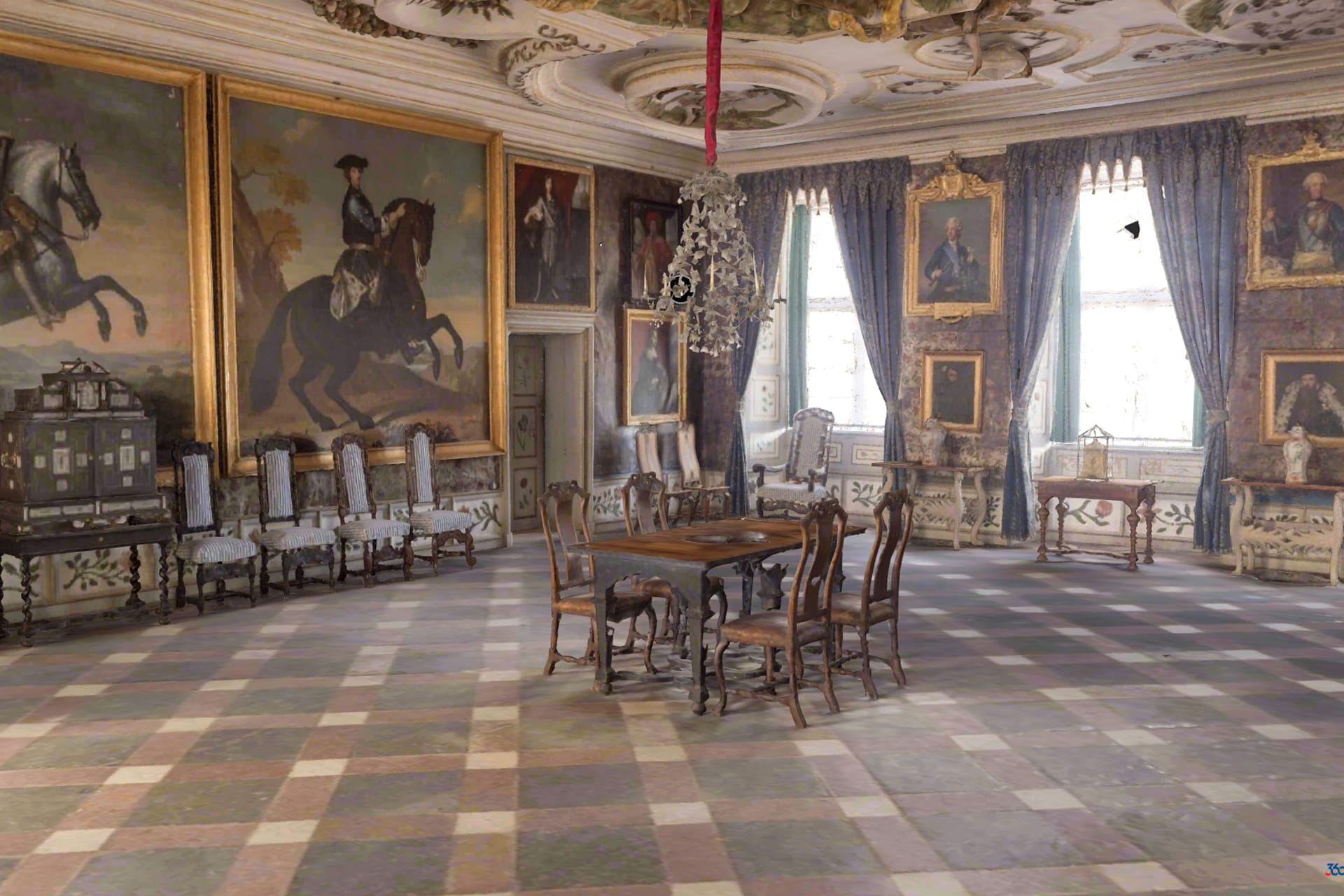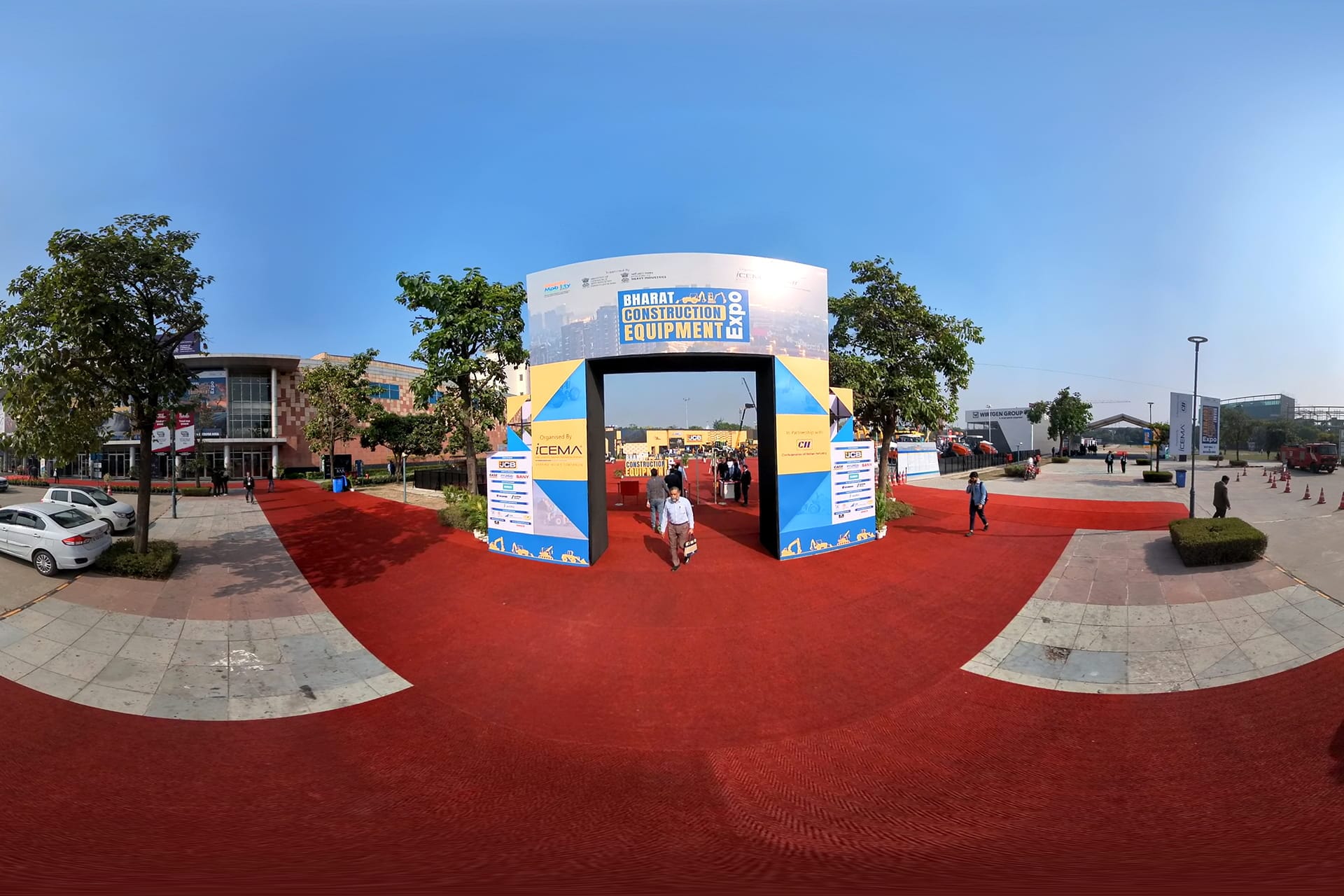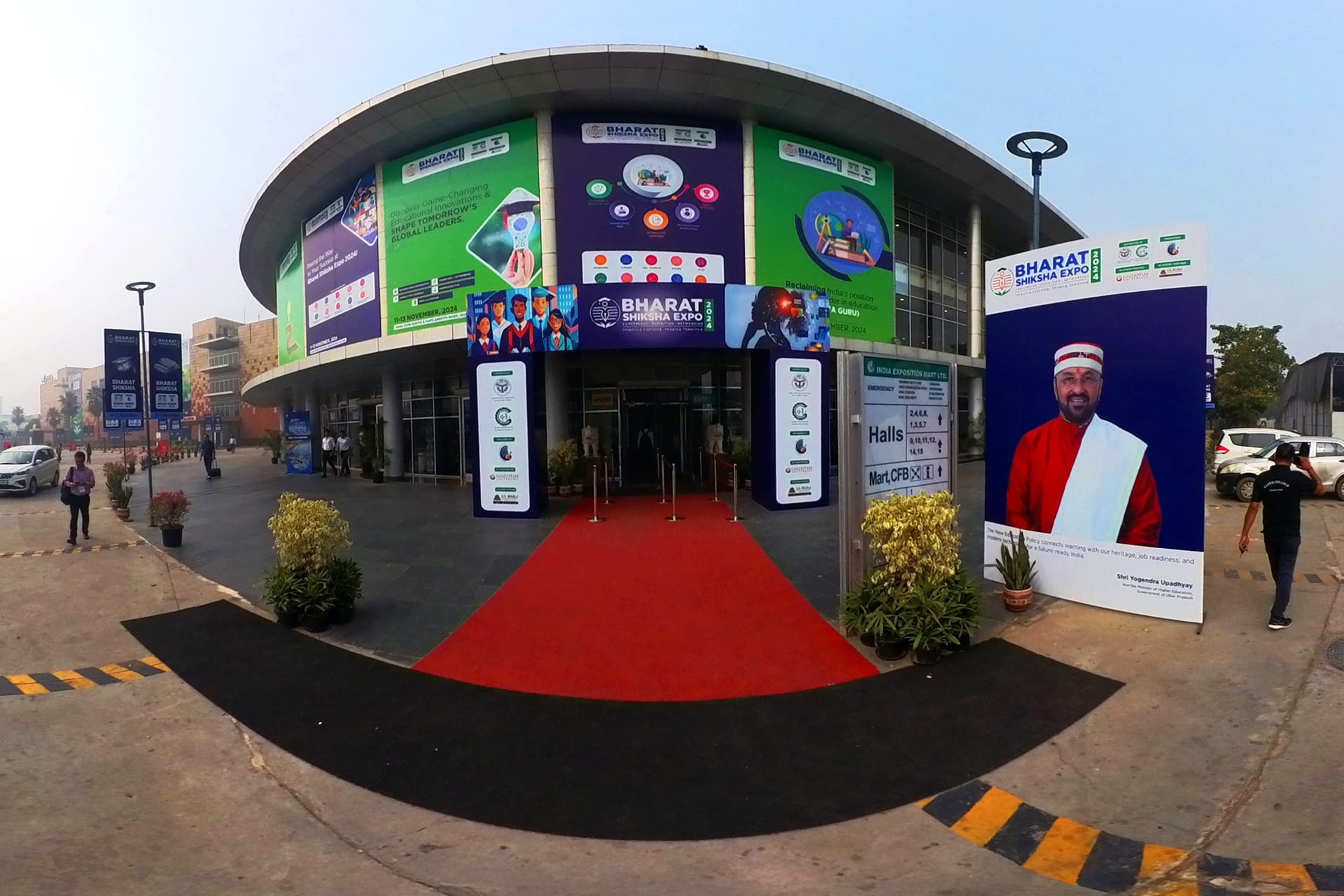Virtual Reality (VR) is transforming the way businesses, educators, and developers create immersive experiences. Whether for training, gaming, real estate, or marketing, developing a VR app requires careful planning, technical expertise, and creative design.
This guide provides a step-by-step roadmap for building your first VR app, helping you bring your ideas to life effectively.
1. Define Your VR App Concept
- Purpose: Determine whether the app is for training, entertainment, marketing, or education.
- Target Audience: Understand user needs, preferences, and VR experience level.
- Platform Choice: Decide whether your app is for Oculus, HTC Vive, PlayStation VR, or mobile VR platforms.
2. Conduct Market Research
- Analyze existing VR apps in your niche.
- Identify gaps and opportunities for innovation.
- Determine monetization strategy (paid app, subscription, in-app purchases).
3. Create a Storyboard and User Flow
- Design screens, interactions, and environment transitions.
- Map user journey: what users see and interact with at each stage.
- Plan for immersive interactions like gaze-based controls or hand tracking.
4. Choose the Right Tools and Development Platform
- Game Engines: Unity3D or Unreal Engine for VR app development.
- 3D Modeling Tools: Blender, Maya, or 3ds Max for creating assets.
- VR SDKs: Oculus SDK, SteamVR, or OpenXR for device compatibility.
5. Design 3D Environments and Assets
- Create realistic or stylized 3D models according to your app’s theme.
- Optimize assets to ensure smooth performance in VR headsets.
- Incorporate textures, lighting, and sound for immersive experiences.
6. Implement Interactivity
- Navigation Controls: Teleportation, joystick movement, or hand gestures.
- Interactive Objects: Buttons, sliders, or hotspots that respond to user actions.
- Gamification Elements: Points, levels, or achievements to enhance engagement.
7. Testing and Optimization
- Test for performance, latency, and comfort to prevent motion sickness.
- Optimize frame rates (90 FPS recommended for smooth VR experience).
- Collect beta user feedback to refine UI and UX.
8. Deployment and Launch
- Publish on VR app stores (Oculus Store, SteamVR, PlayStation Store).
- Create marketing materials, including trailers and interactive demos.
- Plan for updates and maintenance based on user feedback.
9. Post-Launch Enhancements
- Analytics Integration: Track user interactions and engagement.
- Continuous Updates: Add new features, environments, or interactions.
- Community Engagement: Encourage reviews, feedback, and social sharing.
Conclusion
Developing your first VR app may seem challenging, but with structured planning, the right tools, and attention to user experience, it’s entirely achievable. By following this step-by-step guide, you can create immersive, engaging, and impactful VR applications.
At 360Biznus, we specialize in custom VR development, helping businesses and creators design interactive VR apps that captivate users and deliver measurable results.
Get in Touch
Whether you want to develop a new 360 Virtual Tour, 3D Product Display, 360 Product Spin Photography, Google 360 Street View or update an existing 360 Virtual Tour, we're eager to assist.
Call / Email Us / fill in the form below.


